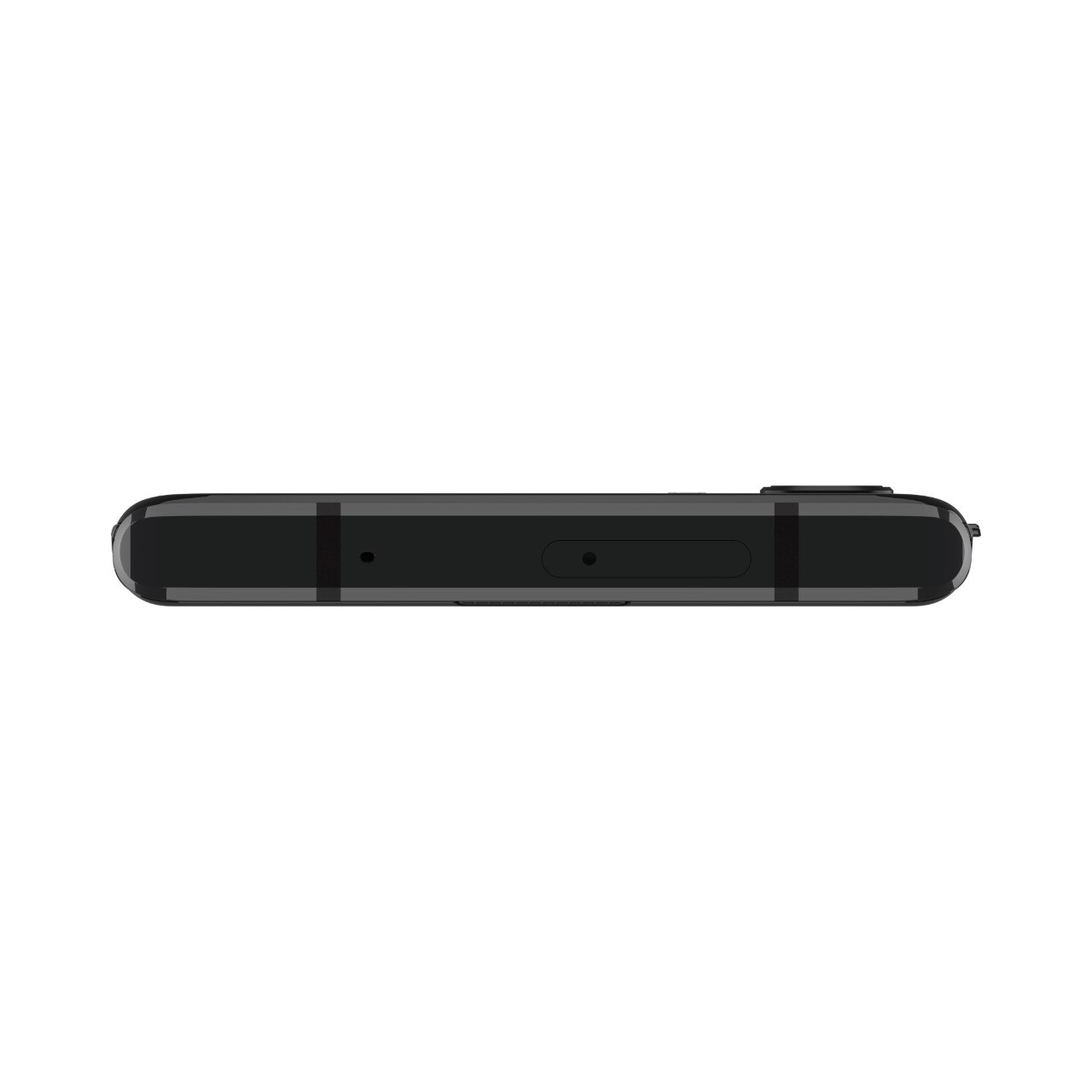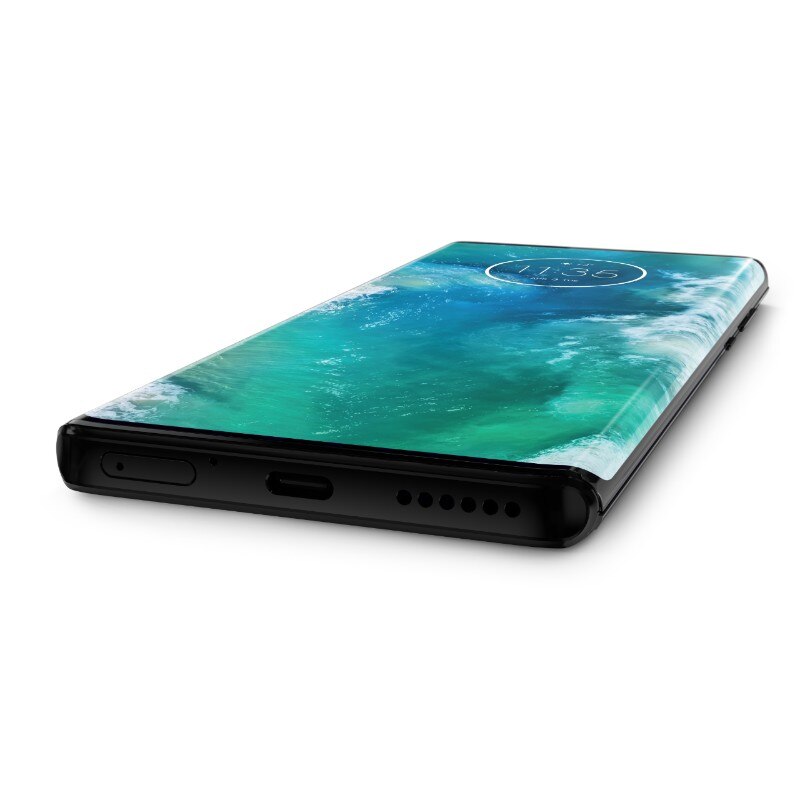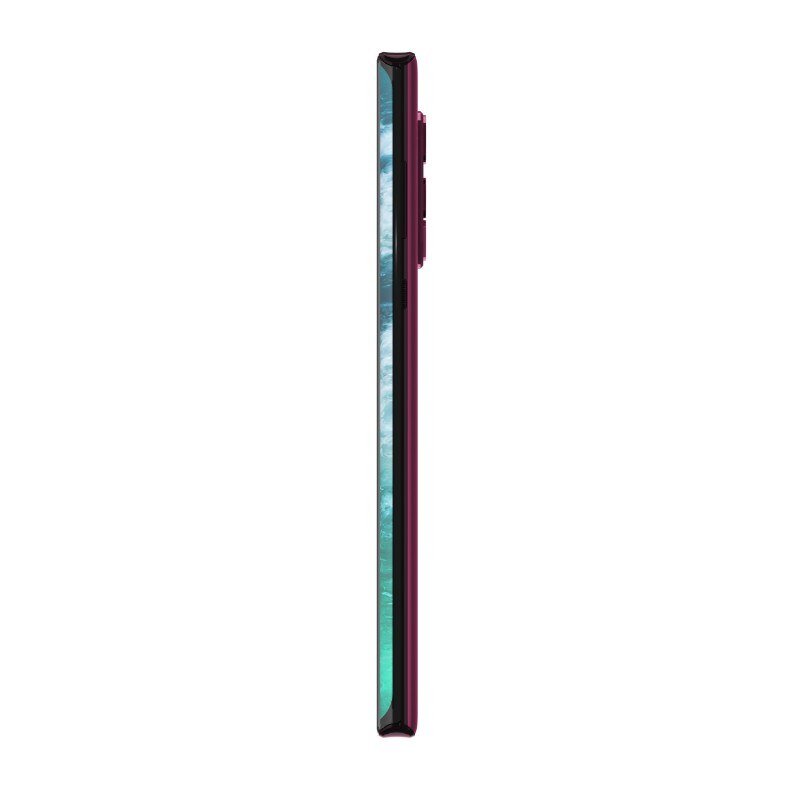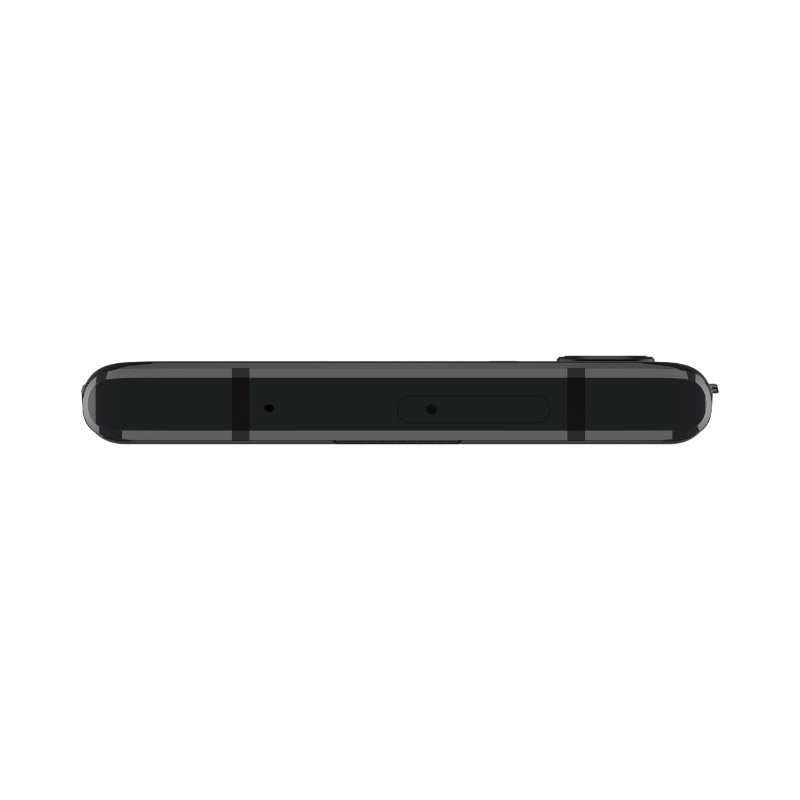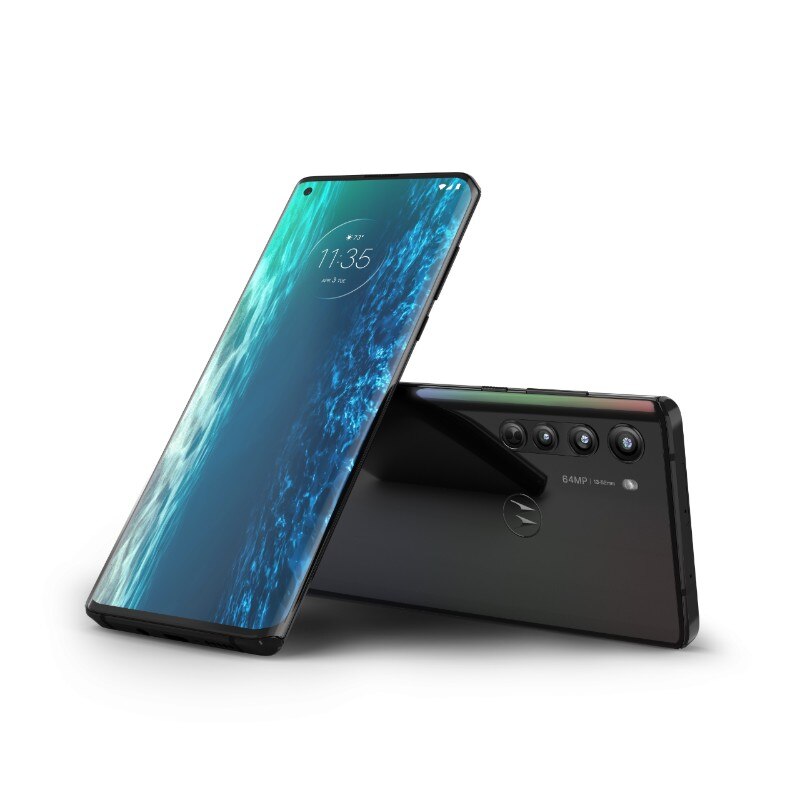The relaunch of the Razr has brought Motorola a popularity that the brand hasn't had since at least the first generation of smartphones. We're talking about about ten years ago. The latest arrival is instead Moto G Stylus, a phone with a nib designed to compete with Samsung's Note. Between Razr and Stylus another smartphone has been launched that confirms the innovative vocation of Motorola's new course – it’s called Edge. The name is an explicit reference to its waterfall screen design, which makes the two side edges of this phone curved; at the same time, it directly recalls that model of Samsung's Galaxy, S6 Edge, which was the first to introduce this form factor to the phone market, that of a curved screen that seems to proceed towards the infinite, which today seems to have become synonymous with the top of the range in the smartphone field. Especially when they come from Asia. It is useful to remember that after the acquisition by Google, since 2014 Motorola is owned by Lenovo, the Chinese giant that had previously acquired the hardware sector of IBM.
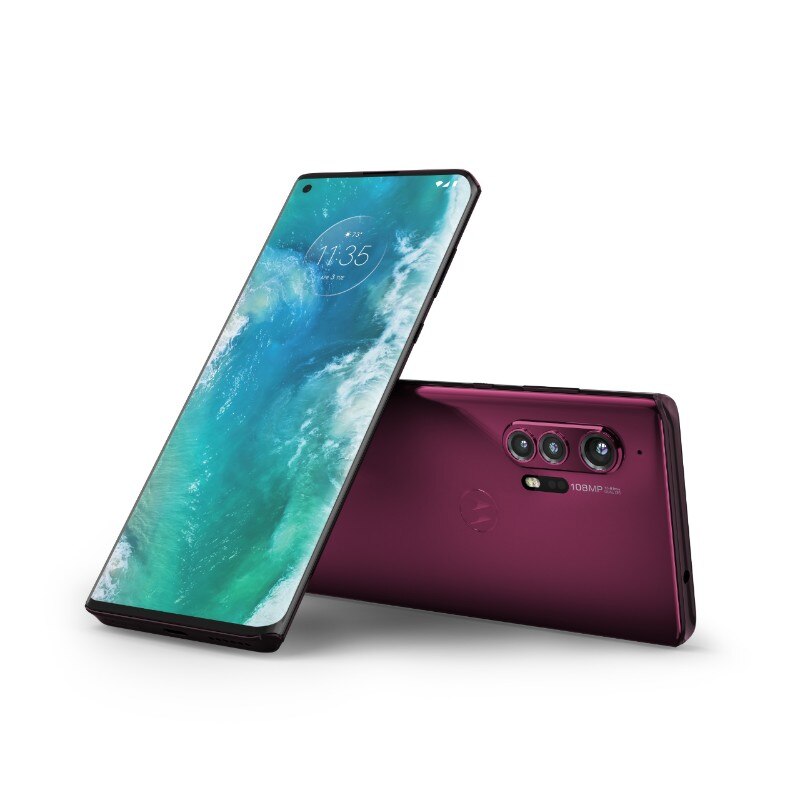
On Domus we reiterated - also with a recent article by Andrea Nepori - how the rounded edges seem above all a habit, an aesthetic improvement that adds nothing on the functional level, in fact often takes away practicality, either because of reflections, or because typing on a completely flat screen remains for many the best experience. Motorola with Edge, however, wanted to take a step forward, that is to make the edges functional and not a mere aesthetic element, as Samsung already tried to do on its first Edge. On the Motorola Edge the edges light up to alert you when there is an incoming call, or a message, or if the phone is charging; always the edge can be used to scroll notifications, open the application drawer, or launch a customizable quick menu. Double-clicking on the border allows you to tighten or widen the width of the display: a useful option in reality, even if you often find yourself preferring the narrow configuration, so you have to ask yourself what you need such rounded borders for. Acting on the edge to do things we're used to using the screen for (such as opening the notification menu) is simply pleonastic. Motorola could maybe work a little more on the information part: the edges are so big that could be better used for different notifications coming in, instead of simplifying everything with some light alerts. It must also be said that the phone has its own charm, and at the practical test the rounding gives it good ergonomics. Long and tapered, it is a smartphone is a pleasure to hold. And the marine background made by Motorola is really enjoyable: from shore to shore.
To conclude: the intuition of starting to make better use of these rounded frames is laudable. We hope that other manufacturers will follow this path. Probably to do so we need a bit more intense, if not radical, rethinking of the interface. For the rest, the Edge and its Pro variant are two excellent phones, slightly different in a sea magnum of smartphones all the same, all good, all tending to have rounded edges, some with more attention to ergonomics, others of the bricks beautiful to look at but a bit hateful to hold.


